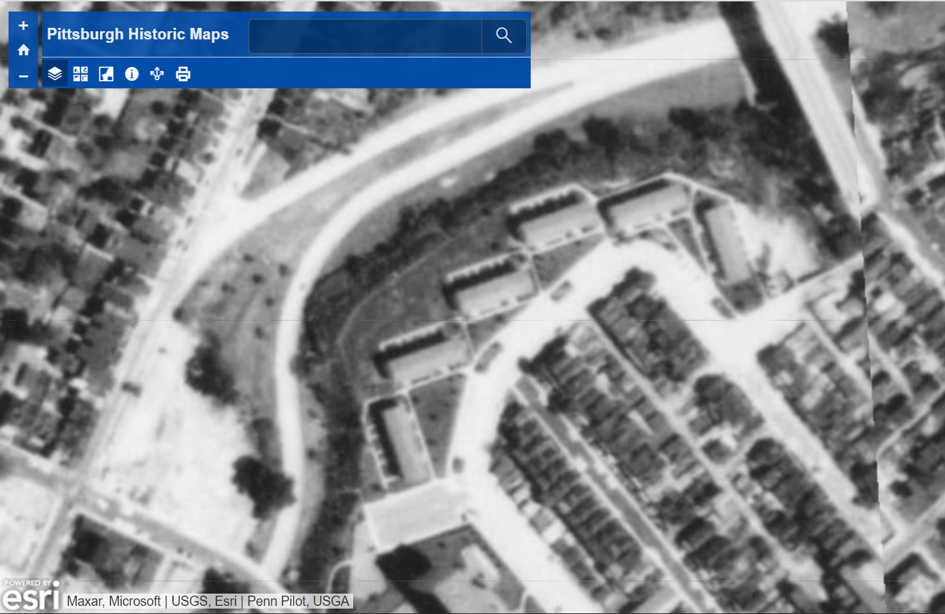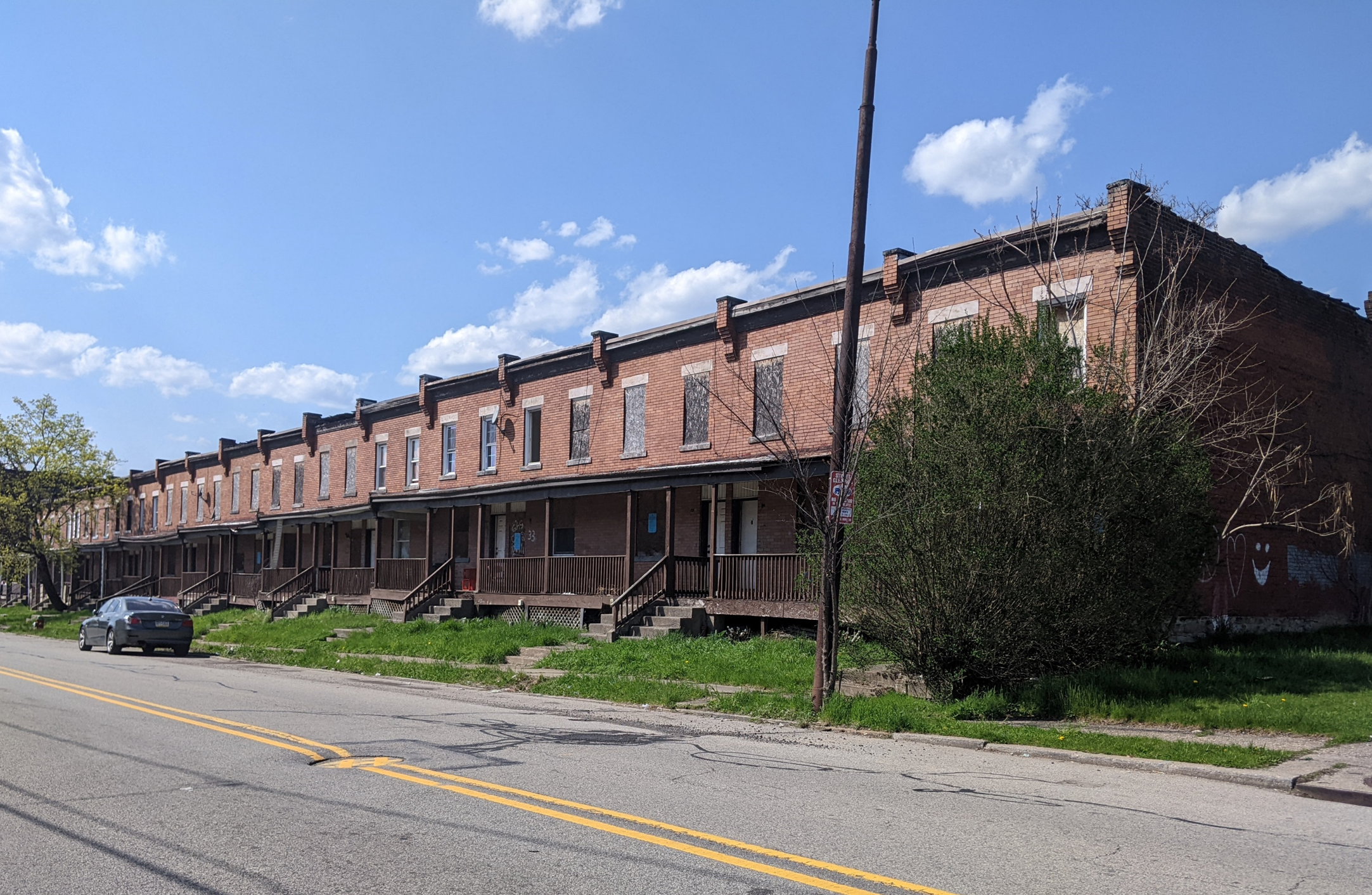Residential Zoning by Race:
How Pittsburgh’s Zoning Districts Promote Different Housing Options for Black and White Residents
Part 8: The Impact of Multi-Family Zoning on Black Neighborhoods
by Carolyn Ristau
Why this Matters
As mentioned in the introduction, the national trend is to fix the single-family zoning district by either eliminating it all together or expanding the housing options permitted in it. In Pittsburgh, residential zoning districts take a hierarchical approach with the single-family detached district being the most restrictive and the multi-family district being the least restrictive. This means that while only a detached single-family dwelling can be built or renovated in a single-family detached district, in a multi-family zoning district, a single-family detached dwelling can be built or renovated as can a giant multi-story, multi-unit apartment building or tower and any nuclear-family-based housing style in-between. Therefore, on the face of it, the national conversation that the single-family zoning district needs to be “fixed” to remove that roadblock to the affordable housing crisis suggests that in Pittsburgh the Black neighborhoods with multi-family zoning districts are ahead of the curve.
However, the presence of multi-family zoning districts in Black neighborhoods is a contributing factor to the well-documented historical and on-going lack of equity available to Black residents through homeownership. Below are some examples of the ways multi-family zoning districts have removed options for homeownership in and near Homewood.
Impact 1: Reducing Homeownership Options through Demolition
In Larimer, the neighborhood immediately northwest of Homewood, the satellite images below (Figure 3 and 4) illustrate how a multi-family zoning district enabled the demolition of blocks of single-family homes for the construction of a multi-building apartment complex. This kind of action across the city in Black neighborhoods with multi-family zoning districts eliminated numerous housing units that could have been sources of equity through homeownership and replaced them with housing units that are only available for rent and therefore cannot be sources of equity.
Figure 3: Satellite View of Larimer 1957
Figure 4: Satellite View of Larimer 1967
Impact 2: Reducing Homeownership Options through Consolidation
Another way in which multi-family zoning districts reduce the options for homeownership in Black neighborhoods is consolidation. A specific example of this is found on Hamilton Avenue in Homewood where a block of rowhouses (Figure 5) was bought up by a single owner who then consolidated all the parcels of the individual units into a single parcel (Figure 6). This action removed 20 units of single-family dwellings from fee simple homeownership. The owner was able to take this step because a multi-family zoning district permits multiple units to be located on a single parcel. If these rowhouses were instead located in Lawrenceville, for example,—a neighborhood of Pittsburgh with many rowhouses, a high percentage of White residents, and single-family zoning districts—this consolidation would have been prohibited because the single-family zoning district prohibits more than 1 unit per lot.
These units in Homewood could one day return to a potential source of equity through homeownership either after undergoing a re-subdivision or by being converted to condos. Either option requires a cumbersome and expensive process.




